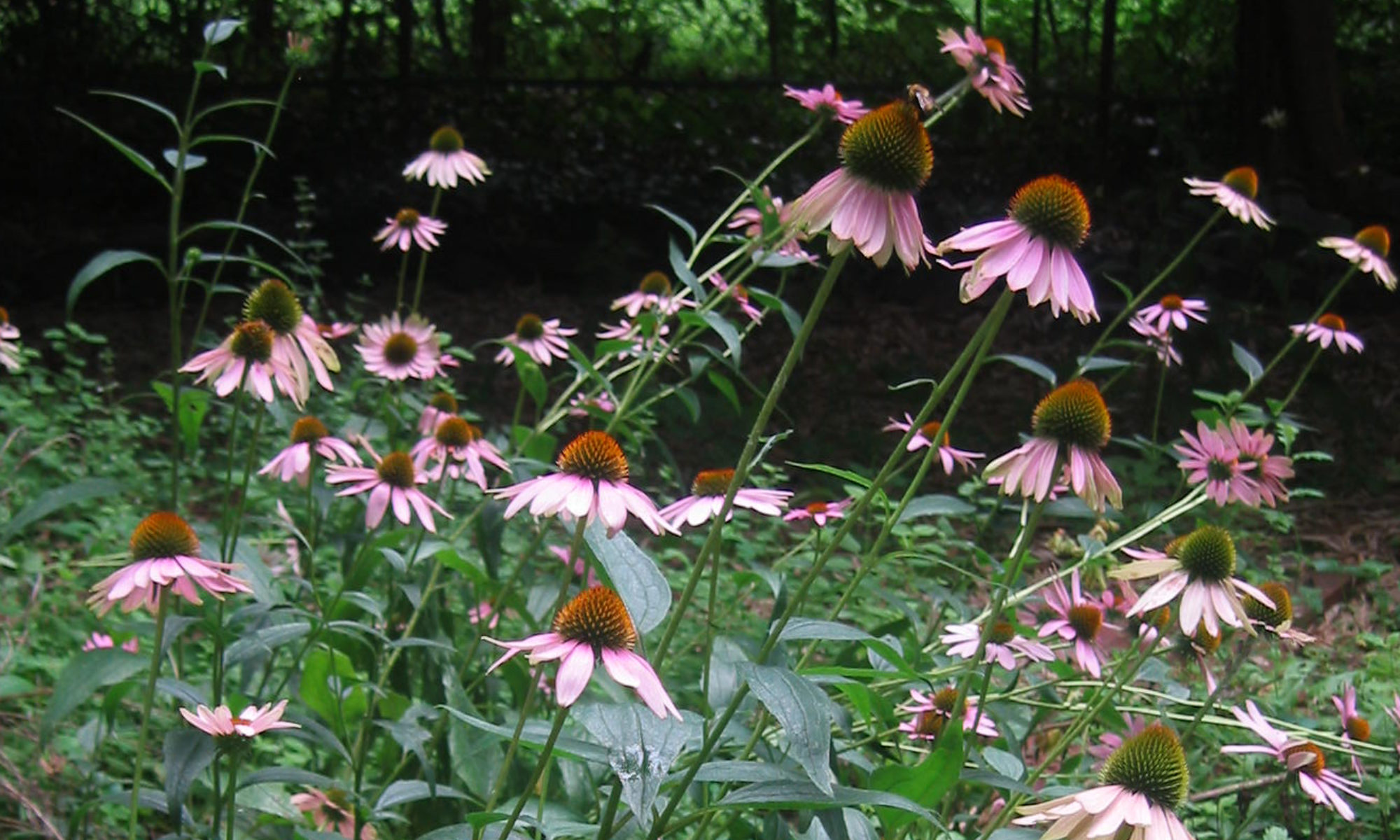ABOUT HERBSTORY
Sometime in the 1990s, I went to a workshop on making medicine from plants. I was already a gardener, and while I was not about to renounce Big Pharma, I was open to alternatives, thanks to a bad experience with an antibiotic and a good one with an herbal tincture that had been recommended by a store clerk. I liked the idea of knowing more about what I was doing, and the idea of making medicine seemed kind of exciting.

I left the workshop with burdock and echinacea tinctures and comfrey salve, and with a new pastime. Ever since, I have made medicine with plants I’ve grown in my shady backyard or bought from farmers with sunny fields.
As an American historian, I had an “aha” moment that day. The teacher explained that different solvents – alcohol, oil, water, vinegar, glycerine – extract different chemical constituents from plants. Alcohol is particularly useful: it extracts a broad range of chemicals, and acts as a preservative. I knew the standard story about the 1906 Pure Food and Drug Act, that it was a first step in cracking down on quack remedies known as “patent medicines,” which were formulated with lots of alcohol and addictive drugs, and “worked” by getting people drunk and stoned. It now looked like there was a legitimate reason for the alcohol. What if people in the past actually took those medicines by the spoonful, and what if, like the tincture I’d tried, they helped?
As I have become more knowledgeable about medicinal plants, my choices for treating my own minor or temporary complaints have diversified. I do go to doctors, and during the years I’ve worked on this project I have had cause to be deeply grateful to skilled practitioners of high-tech medicine, and to their drugs. But seeking their help or heading to the drug store is not my first response to every mishap or symptom.

Meanwhile, my historical interest has broadened. I’ve learned that herbal medicine was as big a business for the Shakers as their famous furniture. I’ve studied the papers left by Calvin Cowles, a North Carolina merchant who collected medicinal plant roots and flowers from general stores and shipped them to northern drug companies until the Civil War cut off communications and made commerce impossible. I’ve read every issue of The Herb Grower, a magazine that helped to keep herbal lore alive during the 1950s, when doctors disparaged herbs and even chefs limited themselves to the occasional sprig of parsley. I’ve examined some of the voluminous Kremers files at the American Institute for the History of Pharmacy, University of Wisconsin, materials collected by Edward Kremers, co-author of the standard history of pharmacy. I’ve visited the Lloyd Library in Cincinnati, the leading library and archive devoted to botanical medicine.
My approach has developed from my books, which examine a fundamental transition in American daily experience as factory-made products transformed human relationships to the material world, turning producers into consumers. I am interested in everyday life and the historical trends that affect our intimate relationships and routines — the interface between private and public, the economic relationships of households and the domestic consequences of economic activity.
In March, 2019, I began work on this website. There’s not much here yet, but please feel free to check it out as it develops. I have launched a Construction Journal to describe my process; comments are welcome there.
